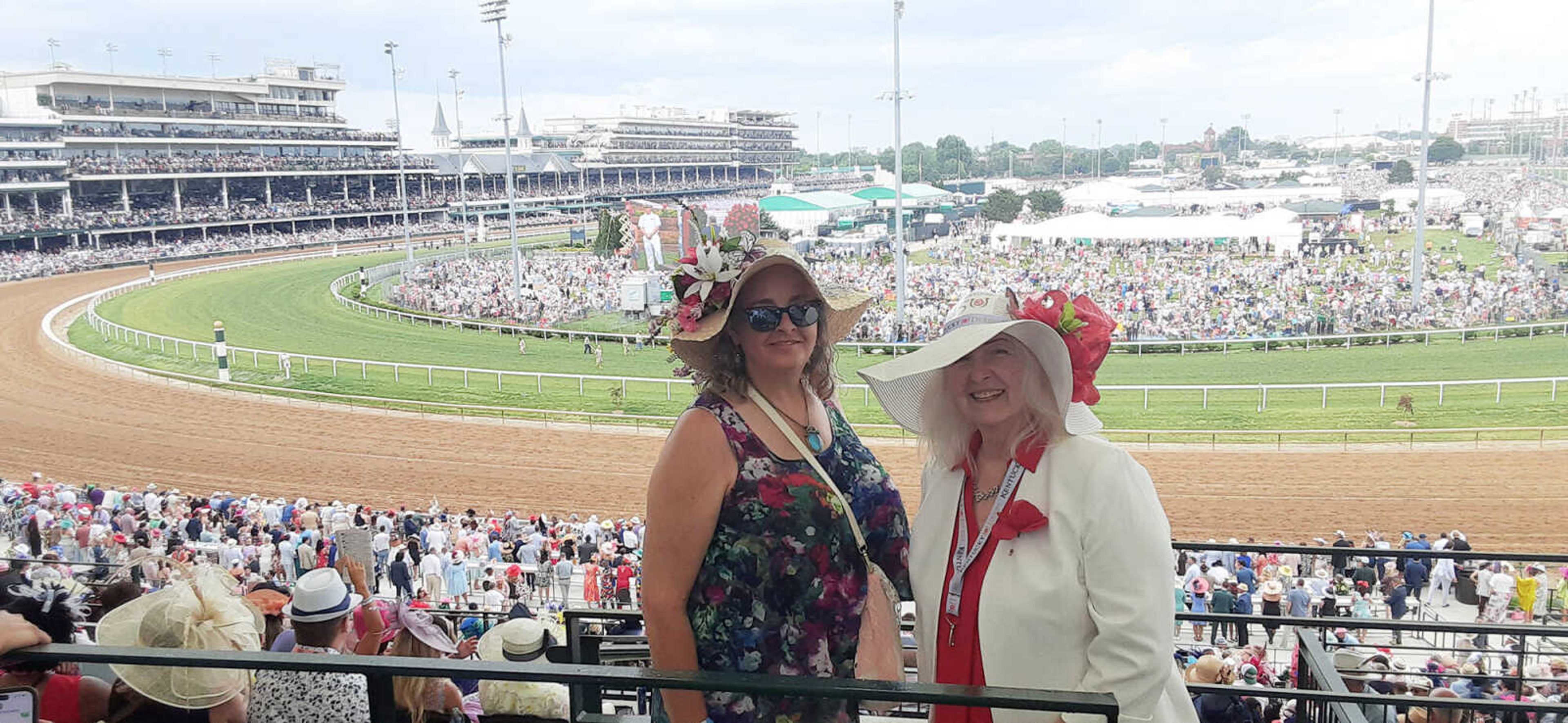The Story of a Novel
The story of how my novel, "The Byrds of Victory," got published is almost as involved as the book itself. I started writing the second novella, "The Fields Are Ripe for Harvest," in Glenwood Springs, Colo., in the mid-1970s, five or six years after going on wheat harvest through Texas and the Midwest to Montana. ...
The story of how my novel, "The Byrds of Victory," got published is almost as involved as the book itself. I started writing the second novella, "The Fields Are Ripe for Harvest," in Glenwood Springs, Colo., in the mid-1970s, five or six years after going on wheat harvest through Texas and the Midwest to Montana. I finished it in the mid-70s in Abilene, Texas, got a New York literary agent and started the novella that opens the novel, "I Am a Freight Train," while we tried unsuccessfully to sell the harvest novella, then titled "Swath." Both novellas are heavily fictionalized, but "I Am a Freight Train" uses some stories my Dad had told over the years.
Starting in 2005, I began getting poems and short stories into online literary magazines, but my success there had stalled when we moved to Cape Girardeau last fall. I had kept the original typed manuscripts of the novellas, and it seemed the new locale would afford a chance to put them into a desktop file and combine them into a novel. After querying over 200 literary agents and publishers, I was very grateful when Price World Publishing offered in December to publish "The Byrds of Victory" as an eBook.
Written in the first person, "I Am a Freight Train" is the story of welder-farm workers' union organizer Preacher Byrd, and I think it is a good representation of the personality of an unusual man. "The Fields Are Ripe for Harvest" takes a different approach, telling the story of three teenage boys who work for a family from Victory, Texas, with the naturalistic technique developed by Stephen Crane and others, using only what the characters, do, say and experience. The idea is to make the reader a participant in the story.
The novel runs a little over 71,000 words. It's as good as I could make it when I wrote the original manuscripts and as I edited and rewrote parts of them recently. I'm starting a novel that I hope will be better, but you never know with a creative endeavor. You just do your best and hope.
Connect with the Southeast Missourian Newsroom:
For corrections to this story or other insights for the editor, click here. To submit a letter to the editor, click here. To learn about the Southeast Missourian’s AI Policy, click here.










